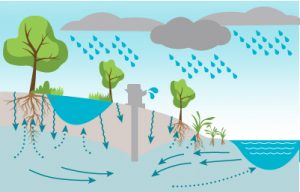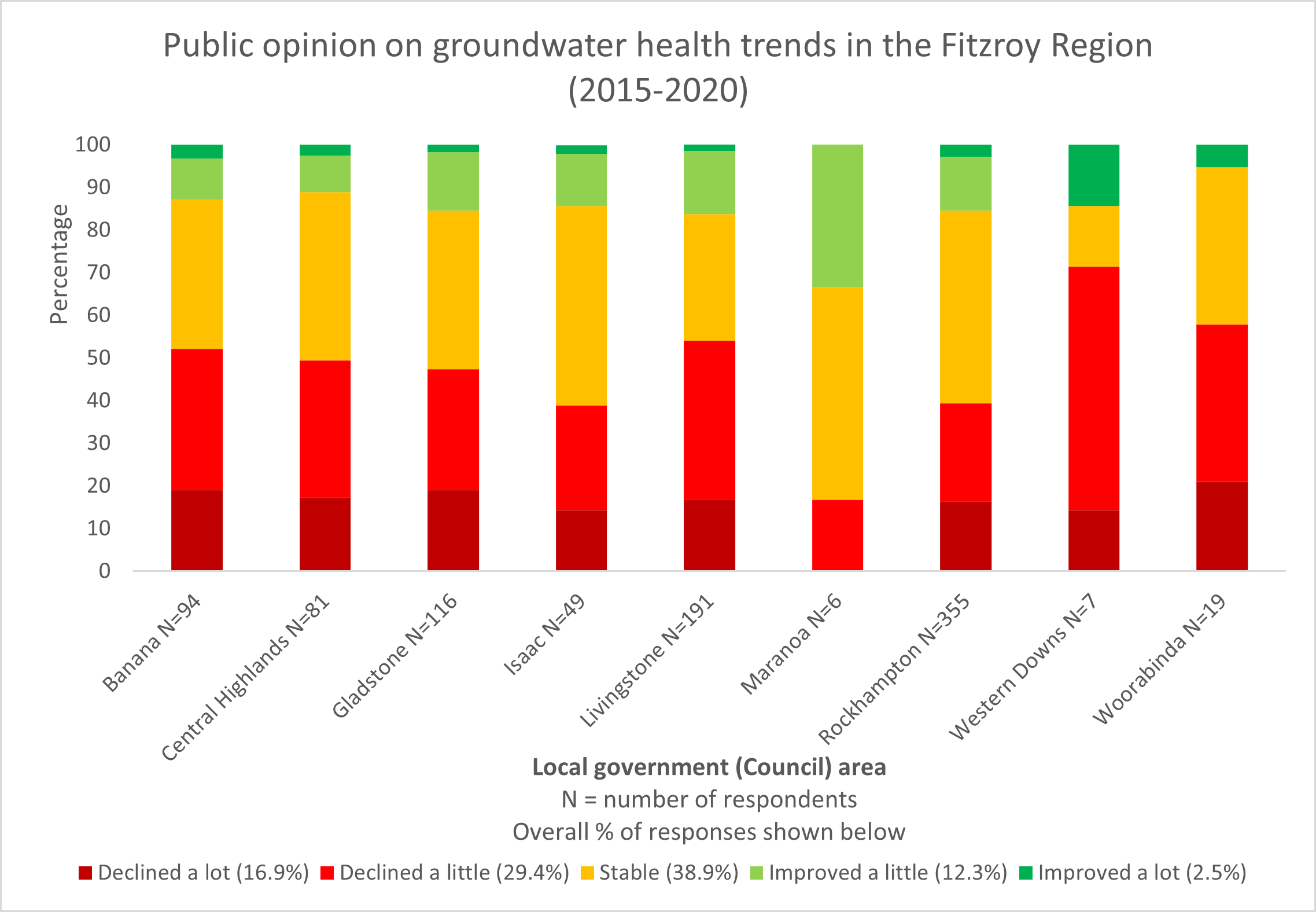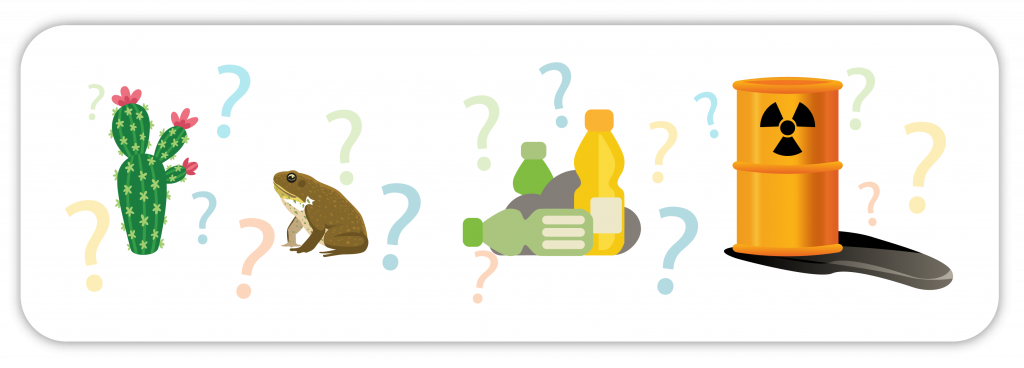Groundwater
Worth more than we think, groundwater pumped to the surface in a second may have taken centuries to form, and could take centuries to replenish.
The most undocumented source of life may be beneath our feet
Shaped by underlying geology, groundwater systems are intimately connected with freshwater, land and coastal ecosystems and our weather; we still have a lot to learn about them and their interconnections. Despite the fact groundwater is not well mapped or understood (in our region or on the whole), it provides a critical water source for many of our inland communities, our agricultural sector and many surface waterways including wetlands, lakes and rivers. Even many of our region’s native plant and animal communities could not survive without permanent or intermittent access to groundwater (these communities are referred to collectively as groundwater dependent ecosystems or GDEs).
The significance of groundwater is especially pronounced in Australia because we are one of the driest, inhabited continents on Earth. As dry seasons extend, rainfall events get fewer and further between, and average temperatures rise, our groundwater resources will become increasingly important to everything that relies on them.

It can take years, decades, centuries or even longer for groundwater reserves to be replenished from rainfall and surface wetlands. Similarly, the impacts of groundwater extraction may not be recognised until much later, sometimes also far away from the site of extraction.
Source
Diagram adapted from ResearchGate
In summary, groundwater systems are important to our region because they:
- play a vital role in supplying water into our surface waterways (including wetlands of national and international significance)
- support groundwater dependent ecosystems that provide us with other valuable ecosystem services
- store water that is sometimes the only supply for people, plants and animals during times of extended drought
- are home to unique animals (called stygofauna) which help in nutrient cycling, indicate groundwater system health, and may also contain important properties yet to be discovered
- support our agricultural and mining sectors as well as many rural residents and communities
DID YOU KNOW? In 2013, the economic value of Australian production supported by groundwater was a staggering $33.8 billion! This excludes non-consumptive contributions to tourism through environmental biodiversity, cultural values and maintaining water quality.
Source
Our least understood natural asset is also undervalued and overused
Because groundwater systems are vast, complex and hidden, the methods required to study, monitor and map them are still in the early stages of development relative to all other natural assets. Considering we are already extracting groundwater and there have been significant changes to the systems that replenish it, our lack of understanding and ability to accurately monitor groundwater may well present the biggest threat to its health and future.
The little we do know suggests that more caution and knowledge is urgently required. Mostly because it is well established that weather patterns are changing, demand for water is rising, surface water is already over-allocated, and the movement of water into underground aquifers is naturally slow (sometimes taking 10s or 100s of years).
The biggest threats to groundwater systems in our region are:
- Lack of knowledge, including lack of consistent and regular monitoring
- Over allocation and extraction of surface and groundwater (because of their interconnectedness, over-extracting surface water also limits groundwater recharge)
- Impacts from coal seam gas fracking (CSG industry) that depressurises (causes leaks in) underground aquifers
- Chemical pollution from urban, industrial, agricultural and mining operations
- Changing weather patterns especially prolonged dry periods and lower rainfall
- Increases in average temperatures which create higher evaporation rates and increase the use of water by all living things
DID YOU KNOW? Groundwater makes up approximately 17% of accessible water in Australia, and accounts for over 30% of our total water consumption. Agriculture accounts for approximately 60-70% of this use.
Source
Discover the biggest threats to our natural assets
 What we know isn’t much, but we know we need to do better
What we know isn’t much, but we know we need to do better
There has been an increase in the monitoring of groundwater in some areas, including central Queensland, which has started to reveal the health of our groundwater systems. The latest data shows that most monitoring sites show average to above-average levels of groundwater, however their status is considered to be poor and deteriorating. Their poor condition relates to historical overuse of groundwater, a lack of baseline data and accurate metering since, as well as a lack of understanding about the immediate and longer-term impacts on groundwater dependent ecosystems (GDEs).
Without sufficient and coordinated measurement and monitoring of groundwater and their associated GDEs in our region, it is not possible to know how much can be extracted without causing significant issues in connected surface waterway flows, groundwater dependent ecosystems or for other people who rely on it.
DID YOU KNOW? The oldest groundwater in the world was dated at 2.64billion years old (10 times older than the earliest dinosaur). Groundwater reserves can take up to 1000 years to replenish because surface water sometimes travels great distances through rock.
Source
In 2020, we asked our community how they thought the health of groundwater in their local government area was trending based on the preceding five years. The majority of respondents considered it stable to declining.

![]()
Urgent action is needed! Trends indicate things are in a bad way. We need to act now for everyone’s sake!
Asset status is a ready estimator based on:
- Global, Australian and Queensland reports
- The likely impact on our businesses, communities, economy and future if we change nothing in the next five years
- Results of the 2020 regional natural assets community survey
Our region is not at a point where available data can be collated and analysed using a scientifically validated model to produce an accurate report on the status of our region’s six region’s natural assets and two key drivers.



